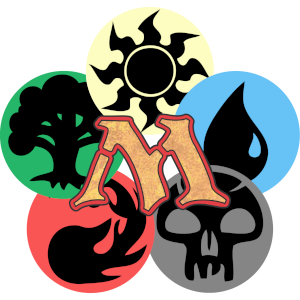In Magic: The Gathering (MTG), lands are the foundation upon which players build their strategies, fueling the magic that drives the game. These cards are not merely resources; they’re a reflection of the vast and varied multiverse that MTG encompasses. This blog post explores the different land types in MTG, offering insights into how they influence gameplay and deck building.
The Significance of Land Types in MTG
Lands in MTG are as diverse as the game’s players, each type offering a unique advantage or ability that can shape the course of a match. While basic lands are the cornerstone of mana production, non-basic lands provide nuanced benefits and strategic depth. From tapping for multiple colors of mana to offering various abilities, these lands can significantly impact a player’s strategy and the game’s outcome. Understanding these land types is crucial for deck construction, enabling players to optimize mana availability and leverage the special abilities that different lands provide.
Exploring Various Land Types
- Cave: Often found in sets with subterranean themes, caves can provide unique abilities or conditions, reflecting their dark and isolated nature.
- Cloud: Typically associated with flying or weather-related mechanics, cloud lands evoke a sense of elevation and ethereal presence on the battlefield.
- Desert: These lands can represent harsh conditions, sometimes imposing penalties or offering survival-themed benefits to reflect the challenging environment.
- Forest: One of the basic land types, forests tap for green mana, embodying the essence of nature and growth in the game.
- Forest Gate: Gates are usually non-basic lands that can tap for multiple colors of mana, often with additional benefits for controlling them.
- Island: Representing water and knowledge, islands are basic lands that provide blue mana, crucial for spells of illusion and control.
- Lair: Lairs are often tied to specific creatures or themes, providing unique interactions or benefits when paired with certain card types or strategies.
- Locus: These lands often interact with each other, providing amplified benefits as more locus lands are controlled.
- Mine: Part of the Urza’s land trio, Mines can symbolize extraction or resource accumulation, sometimes offering incremental advantages or mana acceleration.
- Mountain: Basic lands that tap for red mana, mountains evoke the raw energy and chaos inherent in red’s domain.
- Plains: The source of white mana, plains represent order, community, and light, fundamental to white’s philosophy.
- Power-Plant: Part of the Urza’s land trio, power-plants contribute to a synergy that, when completed, generates a significant mana advantage.
- Sphere: Spheres often have a global effect or provide resources, reflecting a sense of unity or completeness.
- Swamp: Basic lands tapping for black mana, swamps delve into the themes of ambition, decay, and dark magic.
- Tower: Part of the Urza’s land trio, like power-plants, towers are part of a land trio that, when combined, unlock potent abilities or mana resources.
- Urza’s: Referring to Urza’s tower, mine, and power-plant, these lands work together to create a powerful mana engine, a testament to Urza’s ingenuity and legacy in the game.
Magic: The Gathering’s land types offer a fascinating glimpse into the game’s complexity and thematic richness. By mastering the nuances of these lands, players can enhance their strategies, adapt to their opponents’ moves, and immerse themselves in the vast lore of MTG’s multiverse.

Leave a Reply